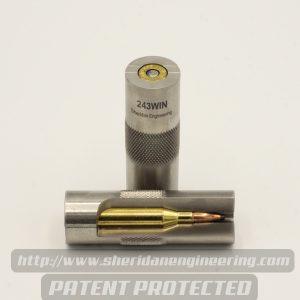QuietTexan
Well-Known Member
I iron out all the necks of new brass with the LE Wilson NEW Sizing Mandrel, then drop each case into a SAAMI spec case gauge for body size. If they need a quick resize I run into a bushing die without the bushing or anything going into the neck. Usually I never need do the second step, but my last box of Nosler 338 Lapua Mag brass I had two I ran into the body die out of 50. Don't know if it's a cardinal sin or not, but it seems to work. I figure they're moreso just out of round a bit and that's why they stick in the gauge. With my slotted Sheridan gauge I can usually see where they're sticking, turn them 90* and don't see it anymore.


